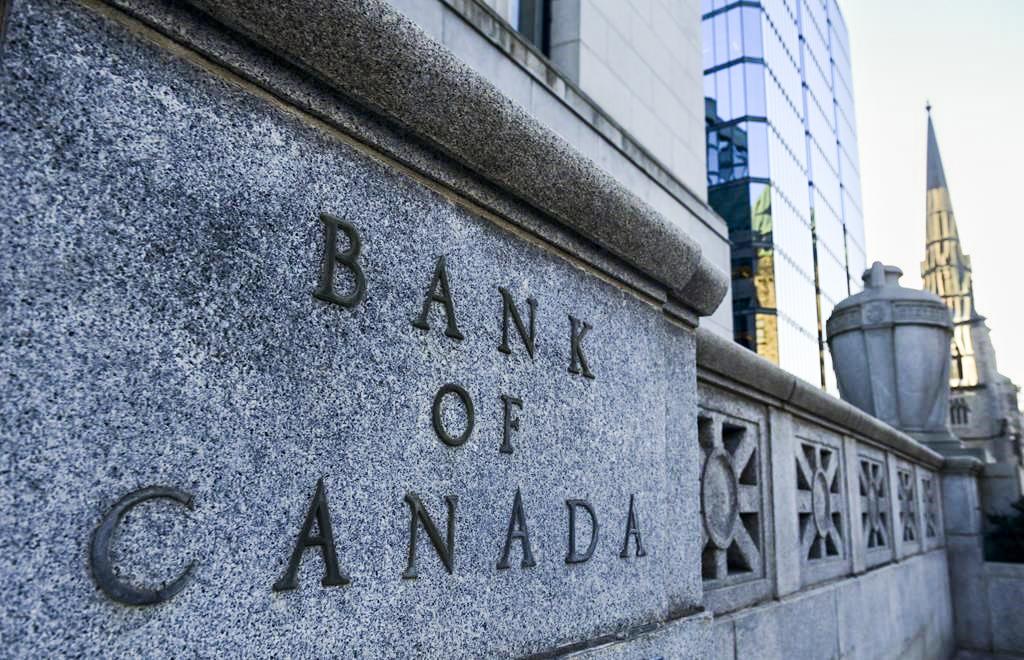A government-issued central bank digital currency (CBDC) would face barriers to adoption and require “significant and sustained” investment by the Bank of Canada (BOC), according to a new report.
“As a practical matter achieving wide adoption, acceptance and use of a central bank digital currency could be challenging because most Canadians have access to several methods of payment,” said the Aug.10 report from the BOC, which was first obtained by Blacklock’s Reporter.





